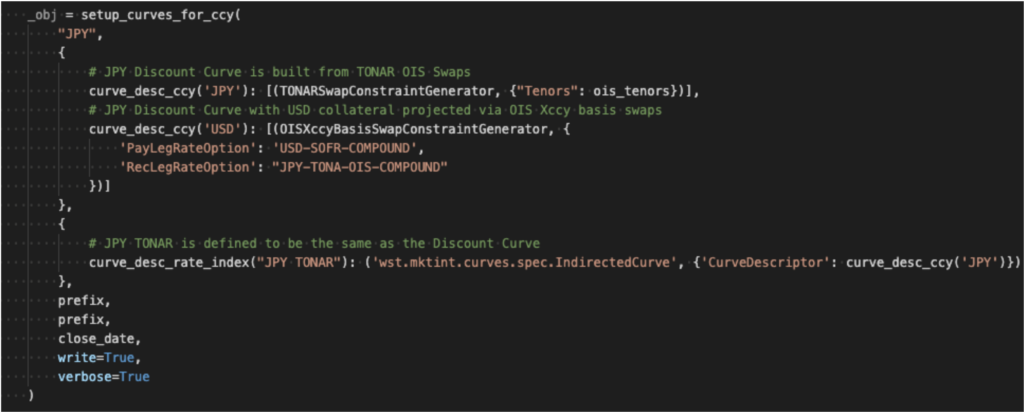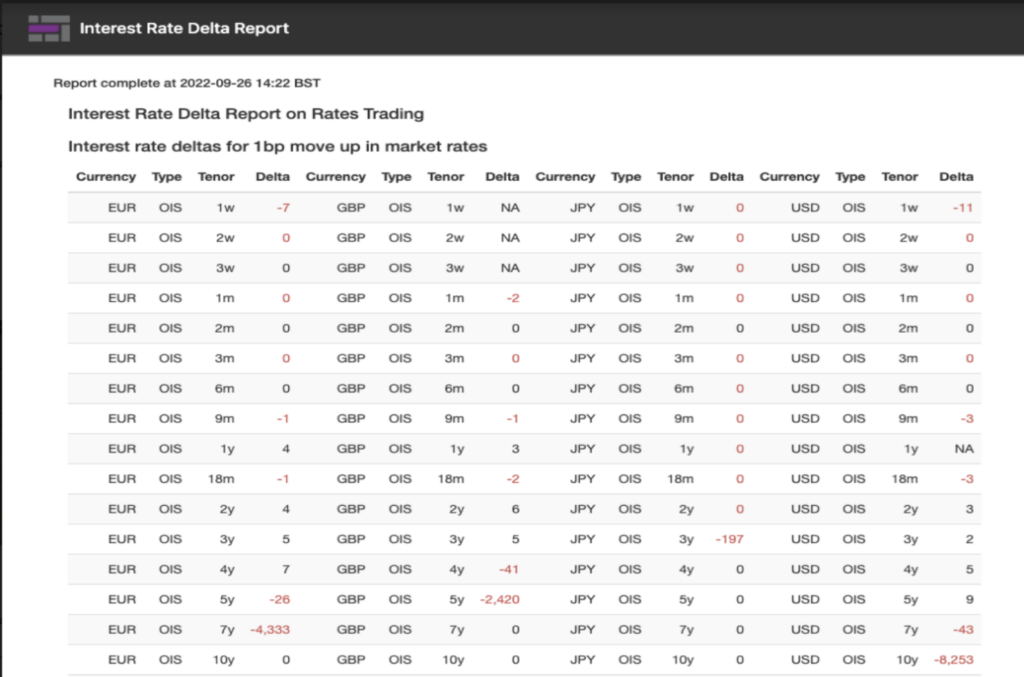Working as a quant has enough challenges without having to struggle with fragmented technology stacks, siloed processes, and tedious manual workflows. Time spent navigating these issues is taken directly from the models and analytics that contribute to the firm’s yield and competitive advantage.
Beacon’s integrated environment and foundational models empower quant teams to overcome these challenges, streamlining development and deployment while enabling greater collaboration and consistency. Goldman Sachs and other large banks use this type of system, but at Beacon we make this available to companies of all sizes. Adding a new currency instrument, defining and setting up a curve, and integrating prices and running reports should be quick and easy, so that you get your traders into the market faster and better informed.
Adding a new currency to the trading book
We work with many different customers to enhance common day-to-day quant responsibilities such as curve creation to trade new instruments.
For example, you receive a trading desk mandate to add a new market with the Japanese Yen (JPY). Before creating the curve, you need to get the data. With Beacon, you can easily ingest approved data via our market data APIs and plug-ins, and have secure access to the same data in both development and production. On a technical level, Beacon’s object database, incorporating time series and reference data, feeds our market models, which in turn value and price instruments that live within books and portfolios.
Defining and setting up curves
After ingesting the data, setting up the JPY rates curve is a few lines of code. As soon as you have validated and approved the changes, you can quickly deploy it for use in front office applications.
With Beacon’s app development framework, Python developers can easily extend, customize, and develop new apps and then quickly deploy them to the trading desk.
 Figure 1: Setting up the JPY curve using Python
Figure 1: Setting up the JPY curve using Python
Integrating prices and running reports
Traders can use Beacon’s front office applications or integrate Beacon with an existing system. After the JPY trades have been executed, the integrated environment allows the middle office to go into the same system as the trader to log the trade’s details. The trade is assigned alongside the other live trades in this interest rate swap trading book.
 Figure 2: Beacon’s Trade Blotter shows the trading book for interest rate swaps where the JPY instrument will sit.
Figure 2: Beacon’s Trade Blotter shows the trading book for interest rate swaps where the JPY instrument will sit.
In addition to valuing the JPY trade after it’s been booked, traders can calculate P&L and risk on individual trades at a granular level. Beacon’s front office tools enable them to run reports across their entire business at any time using the quant tools. The curve’s code can also be added to the firm’s daily curve process and run with Beacon’s daily job scheduler.
 Figure 3: Beacon’s Trade Blotter shows the delta report run by traders based on the pricing information created from the curve.
Figure 3: Beacon’s Trade Blotter shows the delta report run by traders based on the pricing information created from the curve.
Enhancing collaboration and reducing or eliminating time spent on underlying infrastructure gives you more time to innovate and evaluate new ideas. Securely controlled and connected development and production environments get those ideas to market faster. Elastic cloud compute enables you to efficiently run large scale calculations and get results in time to capture emerging opportunities. Are you ready to take time back and accelerate your time to market?
Contact us for a consultation to review your needs and discuss potential ways we can enhance your quant playbook.